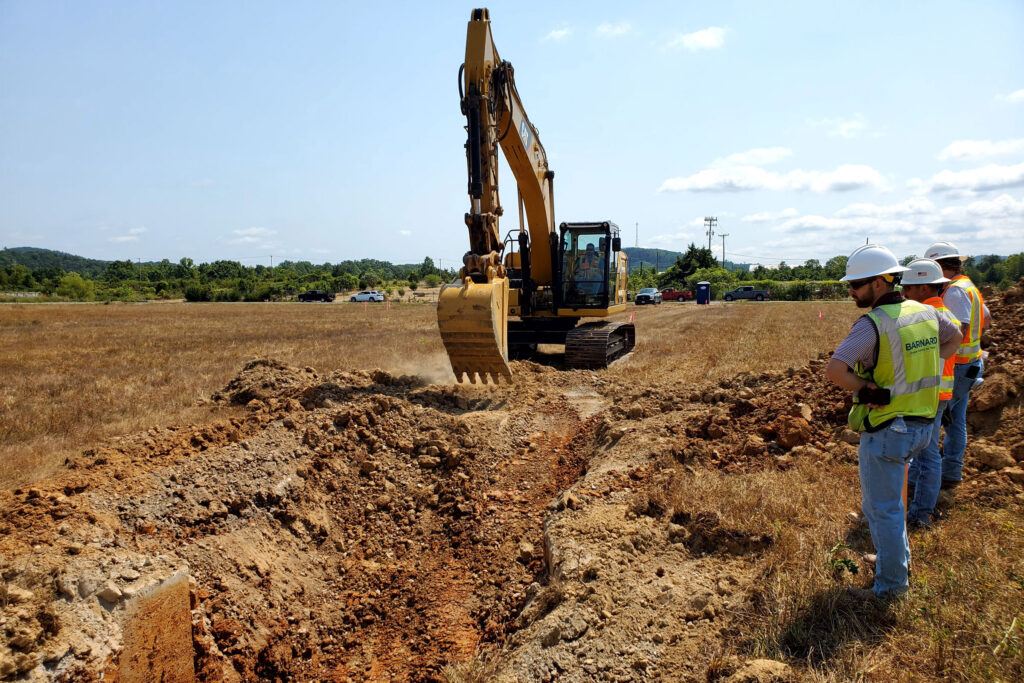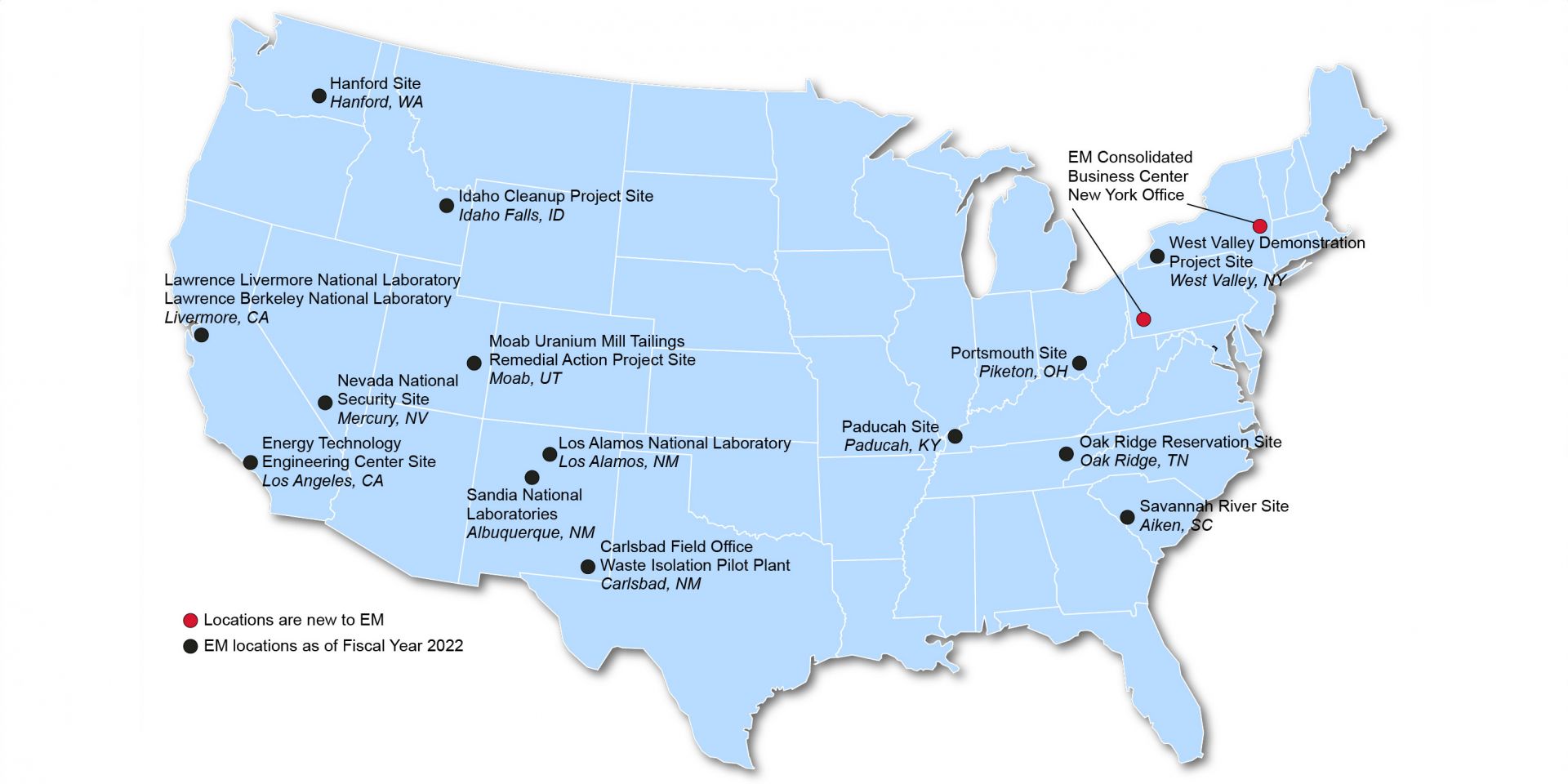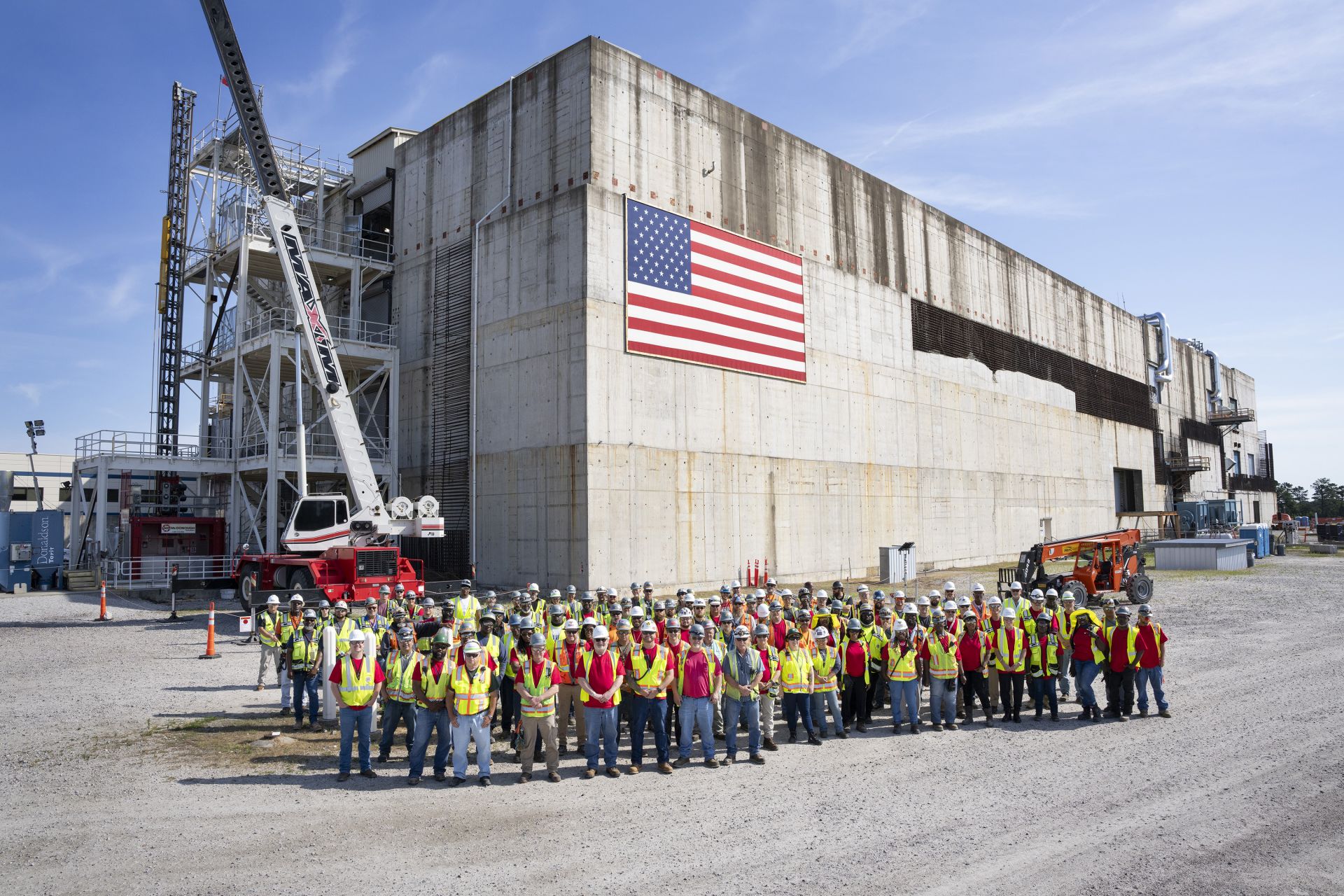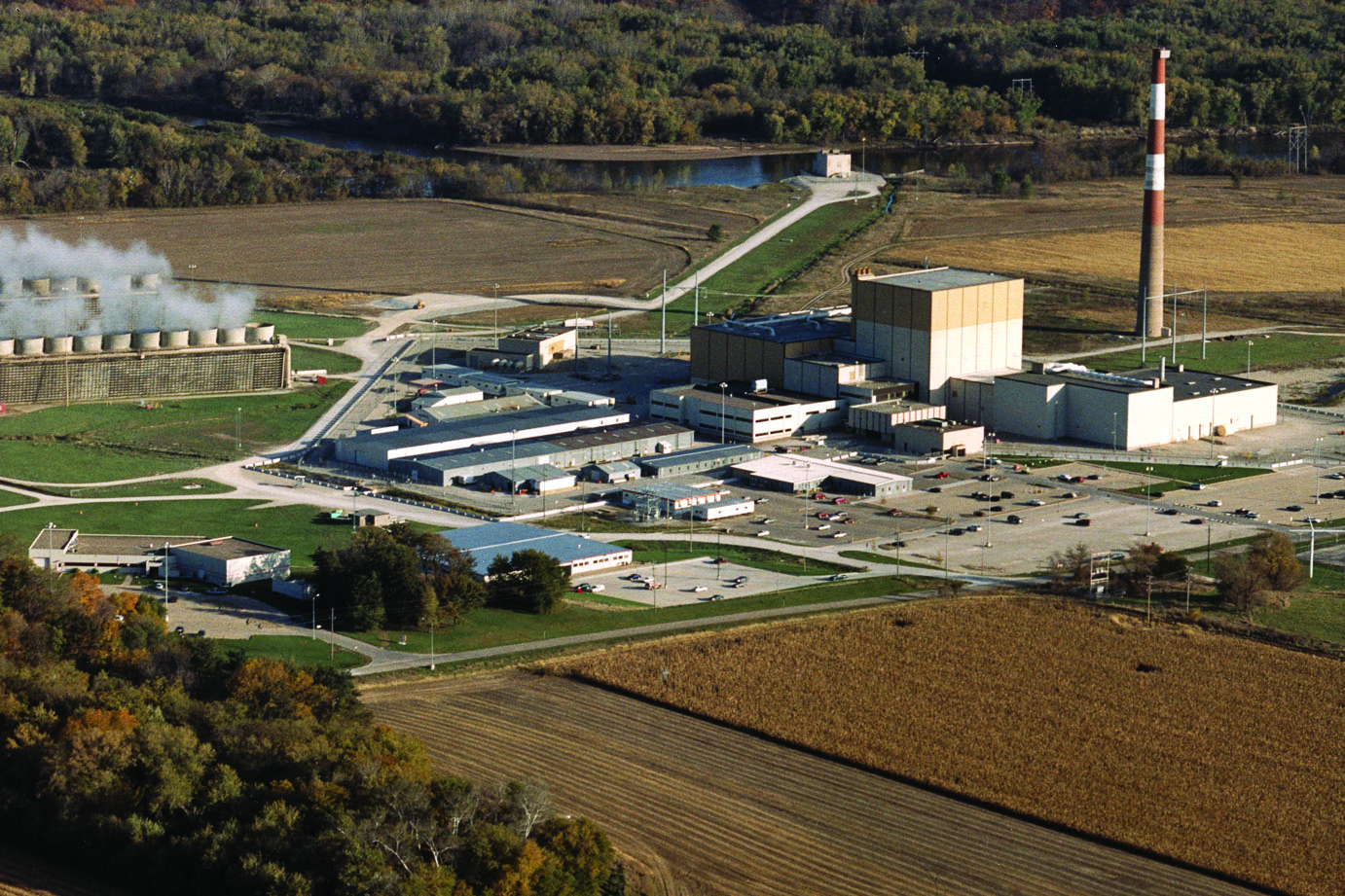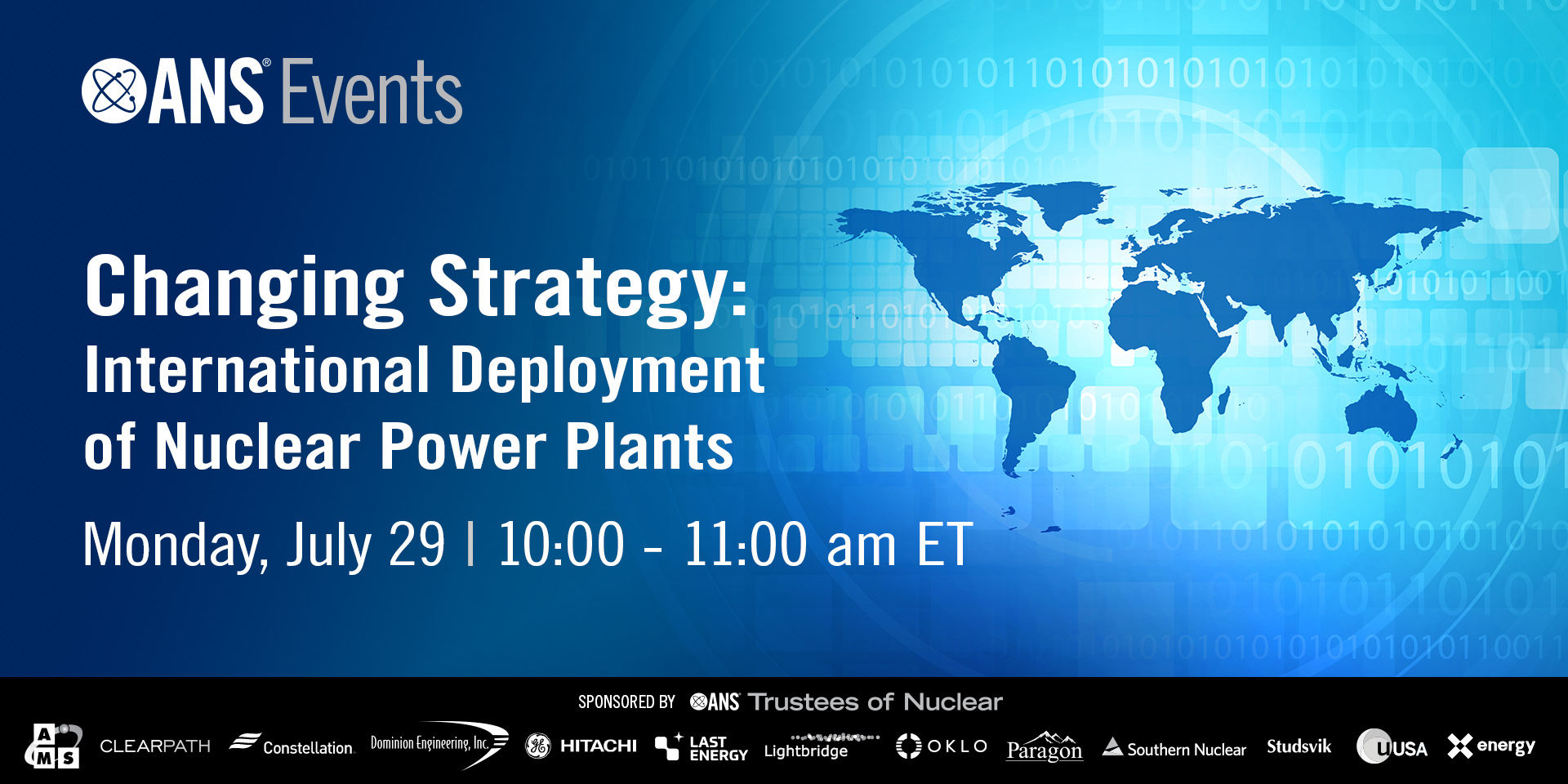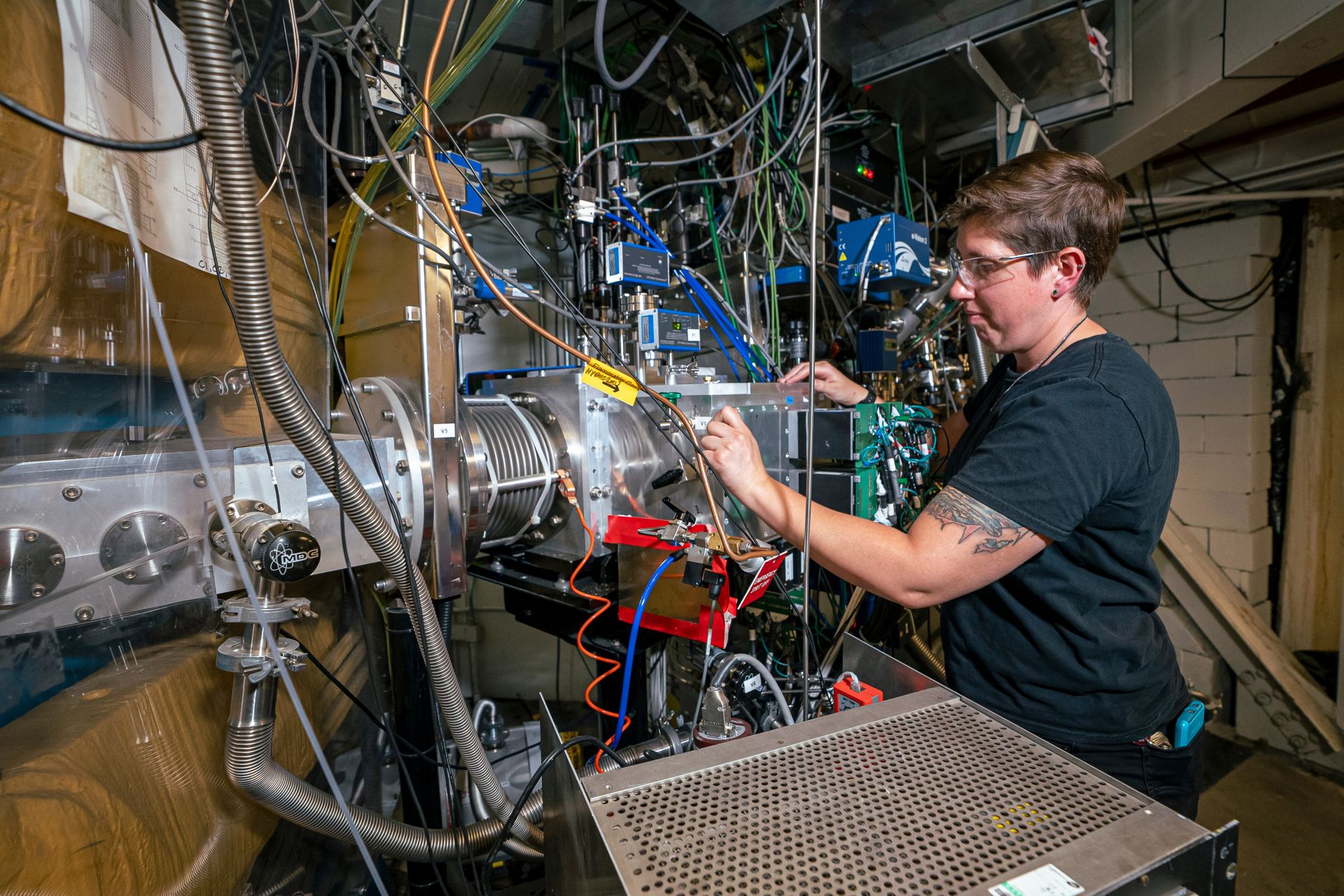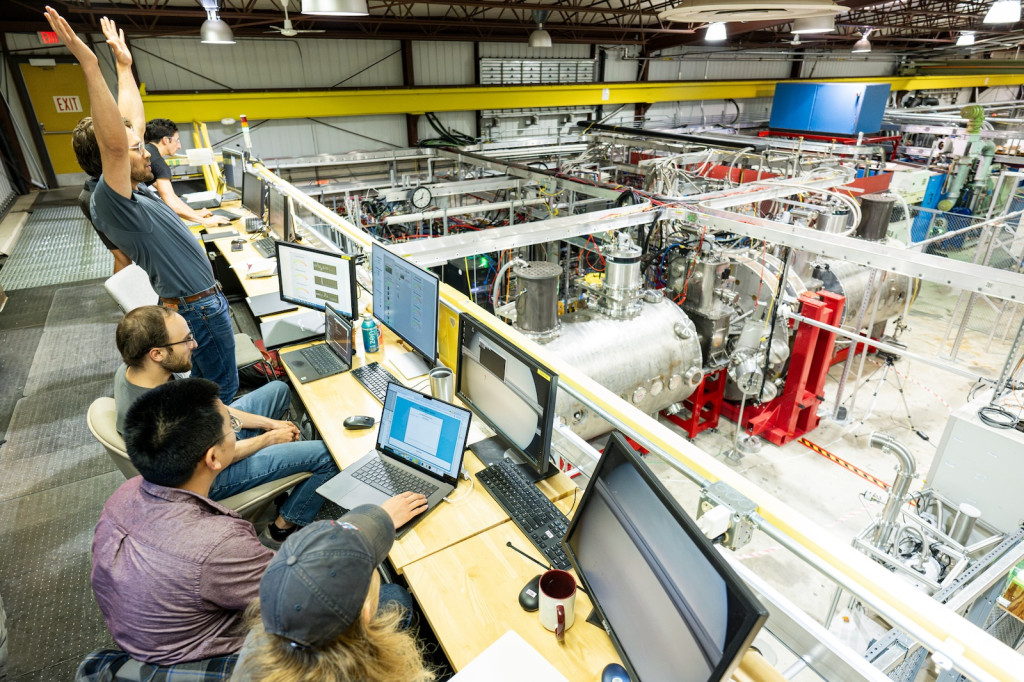The original 1950s-era condenser is lifted out of the GPE system by a 100-ton crane at SRS's H Canyon chemical separations facility. (Photo: DOE)
Workers at the Savannah River Site have recently completed the replacement of a piece of equipment that the Department of Energy said in a July 31 press release is “essential for operations in the site’s H Canyon chemical separations capable facility.”
Rendition of a Rolls-Royce SMR site.(Image: Rolls-Royce)
The small modular reactor design from Rolls-Royce has cleared step two of the United Kingdom’s generic design assessment (GDA) and is moving to the third and final step.
The company announced its progress and lauded “Rolls-Royce SMR’s position ahead of any other SMR in Europe” in a July 30 press release. Rolls-Royce SMR touts its ability to deliver new nuclear power based on proven technology, providing a “factory-built” power station to provide enough energy for a million homes for a 60-year stretch.
Comanche Peak nuclear power plant. (Photo: Meranda Cohn/Vistra)
The Nuclear Regulatory Commission has renewed the operating licenses of Comanche Peak Units 1 and 2 for an additional 20 years.
Unit 1’s operating license now expires on February 8, 2050, and Unit 2’s on February 2, 2053.
Workers begin construction at the Hermes site in Oak Ridge, Tenn. (Photo: Kairos Power)
Earlier today, on a site in Oak Ridge, Tenn., that was formerly home to the K-33 Gaseous Diffusion Plant, Kairos Power marked the start of construction on its low-power demonstration reactor. Named Hermes, the 35-MWt test reactor claims status as the first Gen IV reactor to be approved for construction by the Nuclear Regulatory Commission and the first non–light water reactor to be permitted in the United States in more than 50 years.
A June 2024 photo shows solid waste inside the single-shell Tank A-101 at the Hanford Site’s A Tank Farm. (Photo: DOE)
Work crews have started retrieval of radioactive and chemical waste from a third set of underground storage tanks at the Hanford Site, according to the Department of Energy's Office of Environmental Management. Contractor Washington River Protection Solutions (WRPS) is retrieving and transferring more than 325,000 gallons of waste from the single-shell Tank A-101 at the site's A Tank Farm. The waste is being sent to a newer double-shell tank for continued safe storage.
Retrieval activities began one month after workers emptied the site’s 21st single-shell tank. Waste removed from the 21 tanks totals about 3 million gallons.
A screengrab from a video released by the STEP program on July 23 illustrating the future home of the prototype fusion power plant. (Image: UKAEA/STEP)
Japan’s recent moves to boost fusion power in the nation’s energy plan and accelerate the timeline for a prototype fusion power plant come in response to increased global attention on fusion energy. Even as ITER faces delays, more than 40 private fusion developers are pursuing different technologies and competing for attention. And so are other countries, including the United Kingdom, which announced its plans for a fusion pilot plant back in 2019. Fusion companies and nations alike are responding to a growing sense that there is a race—or at least collective momentum—to commercialize fusion energy.
Locations of DOE-EM cleanup sites. (Map: GAO)
Despite efforts to increase hiring, the Department of Energy’s Office of Environmental Management continues to be understaffed, according to a recent Government Accountability Office report. The GAO found that, at the end of fiscal year 2023, DOE-EM had 263 vacant positions across its headquarters, cleanup sites, and EM Consolidated Business Center—a vacancy rate of 17 percent. The office is responsible for the cleanup of the environmental legacy waste resulting from decades of nuclear weapons production and government-sponsored nuclear energy research.
Aecon-Wachs workers performed the D&R of equipment and commodities from the plutonium processing facility at SRS. ( Photo: SRS)
A major milestone has been reached in the construction of a plutonium pit production facility at the Savannah River Site, located near Aiken, S.C.
After 18 months of work involving local trade unions, the dismantlement and removal (D&R) of commodities and equipment throughout the Savannah River Plutonium Processing Facility (SRPPF), previously installed by the Mixed Oxide (MOX) project, was completed in June 2024, the Department of Energy reported on July 24.
The Duane Arnold Energy Center in Palo, Iowa. (Photo: NextEra Energy)
The Duane Arnold nuclear power plant in Iowa could see new life, according to NextEra Energy chief executive officer John Ketchum.
“There would be opportunities and a lot of demand from the market if we were able to do something with Duane Arnold,” Ketchum said on Wednesday this week during the company’s second-quarter earnings call.
Eielson Air Force Base is shown in this screen grab from a video hosted on the base’s website. (Image: DOD)
Eielson Air Force Base in central Alaska has been the preferred location to demonstrate the benefits of microreactors to the U.S. Air Force—and by extension the Defense Department—since 2018. Now, a protracted solicitation process is nearing an end, and the Air Force and the Defense Logistics Agency Energy (DLA Energy) expect to announce a final procurement decision by the end of the summer—or about one year after Oklo Inc. announced that it had been tentatively selected to supply a microreactor under a 30-year power purchase agreement.
Scientist Jacklyn Gates at the Berkeley Gas-filled Separator used to separate atoms of element 116, livermorium. (Photo: Marilyn Sargent/Berkeley Lab)
A plutonium target bombarded with a beam of titanium-50 in Lawrence Berkeley National Laboratory’s 88-Inch Cyclotron for 22 days has yielded two atoms of the superheavy element 116, in a proof of concept that gives Berkeley Lab researchers a path to pursue the heaviest element yet—element 120. The result was announced July 23 at the Nuclear Structure 2024 conference; a paper has been submitted to the journal Physical Review Letters and published on arXiv.
Attendees at the Discovery Place's Energy Summit. (Photo: Steve Rea)
Imagine a place where children and adults can learn together about nuclear science as a carbon-free energy source that can be an answer to climate change. Guests can experience a cloud chamber, remotely inspect equipment with a drone, and hold a simulated low-enriched uranium fuel pellet. On Saturday, July 6, such a place actually existed for three hours. That place was the Discovery Place Science Museum in Charlotte, N.C. Ryan Leung, a Discovery Place experience specialist, led a team of local nuclear energy industry volunteers and representatives from the American Nuclear Society and Women in Nuclear to organize and execute an Energy Summit.
Elliot Claveau, honorary fellow in the UW–Madison Department of Physics and experimental scientist at Realta Fusion, raises his arms in celebration of achieving a plasma in WHAM at the Wisconsin Plasma Physics Laboratory. The device is seen on the floor of the lab. (Photo: Bryce Richter/UW–Madison)
The magnetic mirror fusion concept dates to the early 1950s, but decades ago it was sidelined by technical difficulties and researchers turned to tokamak fusion in their quest for confinement. Now it’s getting another look—with significantly more powerful technology—through WHAM, the Wisconsin HTS Axisymmetric Mirror, an experiment in partnership between startup Realta Fusion and the University of Wisconsin–Madison.





